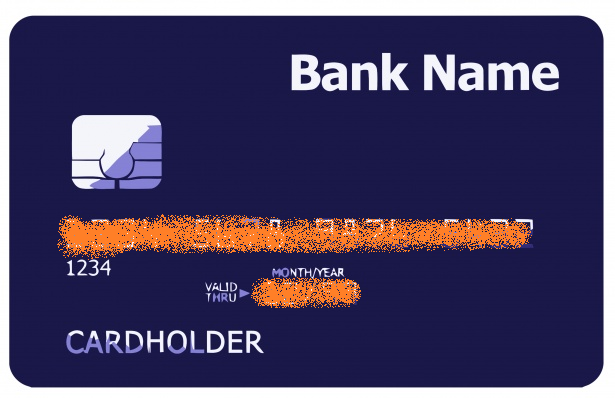 |
| Summary of Start Earning Money WIth AI - Free Tools & Business Ideas | Vaibhav Sisinty | FO376 Raj Shamani |
Introduction
In this episode of Raj Shamani’s Figuring Out podcast, Vaibhav Sisinty (founder of GrowthSchool) presents practical strategies for leveraging AI to accelerate careers, launch businesses, and streamline content creation.
Key Highlights
AI as a Business Building Block
Vaibhav explains how AI empowers solo entrepreneurs to build comprehensive business operations without the need for large teams. Real-world examples illustrate using tools like ChatGPT, Descript, Make.com, Relevance AI, and Google AI to automate everything from planning and content production to marketing and personalized outreach.
Shifting from Content Producer to System Builder
A major mindset shift emphasized in the episode is transitioning from creating endless content to architecting systems—automated, evergreen workflows—that convert effort into sustainable income.
Becoming an AI Generalist
The speakers advocate for versatility over deep specialization. Vaibhav outlines a roadmap where individuals start by experimenting with AI tools, learn effective prompting, and then craft integrated AI-driven workflows.
Who Can Benefit?
- This approach is especially useful for:
- Freelancers aiming to automate client delivery
- Coaches and consultants looking to scale content
- Bootstrapped startups
- Students exploring side hustles
- Content creators seeking to systematize their output
Putting It All Together
In just a few hours a day, a solopreneur can harness a stack of AI tools to manage content planning, creation, marketing, personalization, and customer engagement—without needing to hire additional help.
In essence, the video is a powerful guide for anyone looking to "build smarter, not harder" using AI as a co-pilot in launching scalable, efficient, and low-overhead ventures.
Youtube Link: https://www.youtube.com/watch?v=0-FUhQKe-eU
P.S.: This summary was 100% generated by AI.


